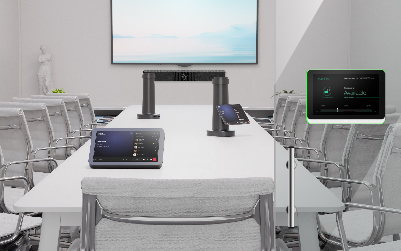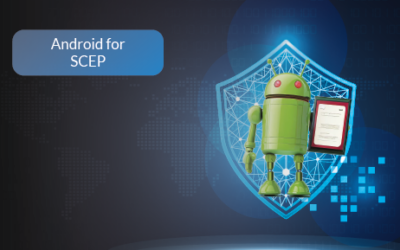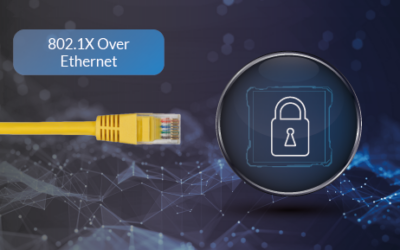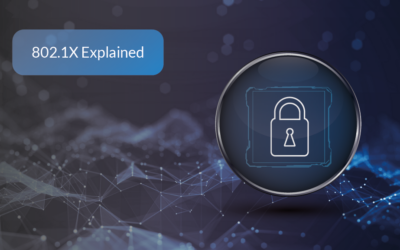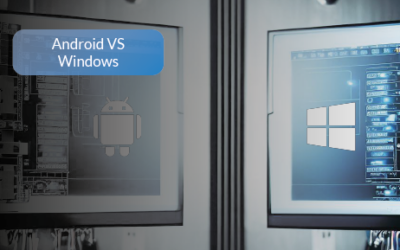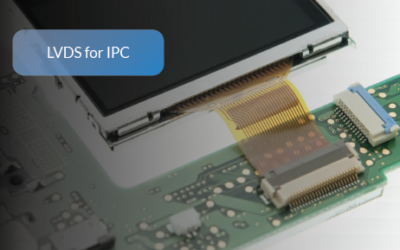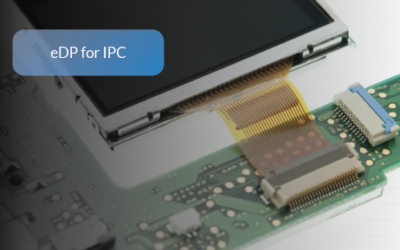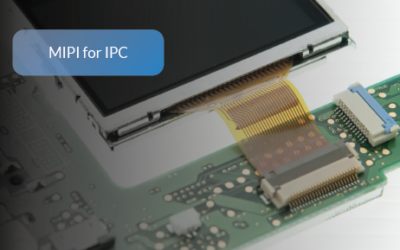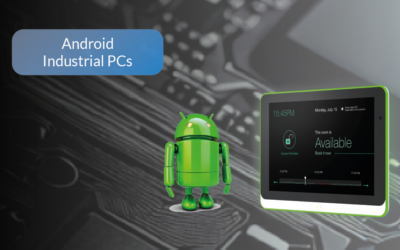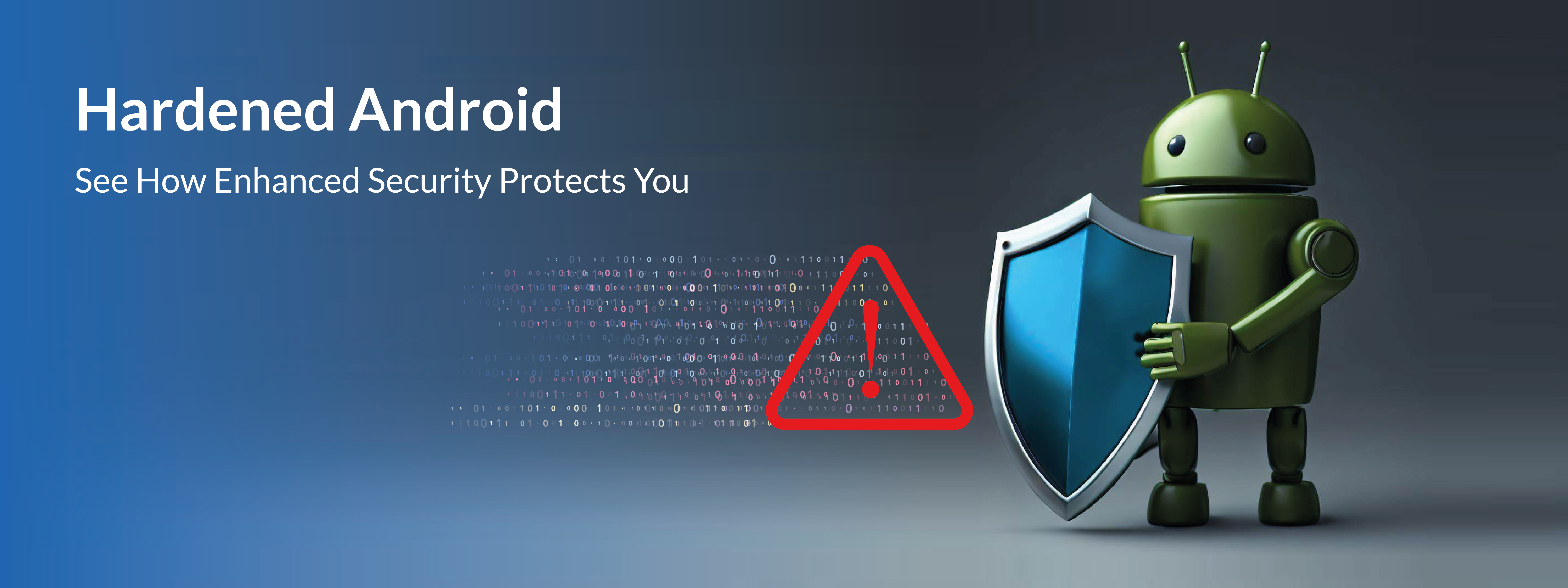
A Step-by-Step Guide to Understanding Hardened Android
Introduction to Hardened Android
In the world of mobile operating systems, Android stands out for its open-source nature, which allows for extensive customization. However, this flexibility can sometimes lead to security vulnerabilities. While Google continually works to improve Android’s security, the standard version may not always meet the needs of all users, particularly those who require higher levels of security and stability.
This is where Hardened Android comes in. Hardened Android is a version of the Android operating system that has been enhanced for increased security and stability. It’s not just for tech gurus or industrial applications – anyone interested in a more robust and secure operating system can benefit from understanding Hardened Android.
Whether you’re a developer looking to create a secure app, a business owner aiming to protect sensitive data, or a tech enthusiast interested in the latest security advancements, Hardened Android offers a range of features designed to protect against cyber threats. By understanding what Hardened Android is and how it works, you can make informed decisions about the technology you use and stay ahead of the curve in the ever-evolving world of cybersecurity.
Exploring the Features and Benefits of Hardened Android
Hardened Android comes with a host of features and benefits that make it stand out from the standard Android system:
- Enhanced Security: Hardened Android incorporates advanced security features such as lock screen security, digital certificate support, and trust delegation for unattended operation. These features help protect the system from unauthorized access and cyber threats.
- Managed Updates: With Hardened Android, updates are managed through a Mobile Device Management (MDM) system. This not only ensures that the system is always up-to-date but also prevents the possibility of Android malware.
- Fault-Tolerant Design: Hardened Android is designed to be fault-tolerant. This means it can continue to operate effectively even when certain components fail. This is achieved through features like a fault-tolerant kiosk-mode browser and secure remote firmware update.
- Single-Purpose, Dedicated Device Design: Hardened Android can be tailored to serve as a dedicated device for specific purposes. This makes it an ideal choice for applications that require high levels of security and stability.
Practical Applications of Hardened Android
Hardened Android can be used in a variety of sectors and applications. From smartphones and tablets to IoT devices and single board computers, Hardened Android provides a secure and stable operating system that can be customized to meet specific needs. Its robust security features make it particularly suitable for applications that handle sensitive data or require high levels of security.
Case Study: LV-Tron’s Hardened Android
In this section, we’ll delve into the specific features and enhancements that LV-Tron has incorporated into its Hardened Android implementation. LV-Tron’s approach to Android hardening demonstrates the practical application of the concepts discussed in this guide and provides a real-world example of Hardened Android in action.
Hardened Firmware and Enhanced Security
At the core of LV-Tron’s Hardened Android is its hardened firmware. This provides a solid foundation for the system’s enhanced security features, which include a secure lock screen kiosk mode with escape prevention and other advanced features that help protect the system from unauthorized access and cyber threats.
Digital Certificate Support with SCEP
One of the standout features of LV-Tron’s Hardened Android is its support for digital certificates using the Simple Certificate Enrollment Protocol (SCEP). SCEP allows devices to automatically enroll for a digital certificate, a crucial aspect of network security. This advanced feature is rare in the market, making LV-Tron’s Hardened Android a highly secure choice for various applications.
802.1X over Ethernet
Another unique feature of LV-Tron’s Hardened Android is its support for 802.1X over Ethernet. This provides a robust security standard for network access control, ensuring only authenticated devices can connect to the network. By incorporating this feature, LV-Tron’s Hardened Android offers an additional layer of security that is uncommon in many other systems.
Single-Purpose, Dedicated Device Design
LV-Tron’s Hardened Android is designed to serve as a dedicated device for specific purposes. This design approach, combined with the system’s enhanced security features, makes it an ideal choice for applications that require high levels of security and stability.
Managed Updates and Malware Prevention
With LV-Tron’s Hardened Android, updates are managed through LV-MDM, which not only ensures that the system is always up-to-date but also prevents the possibility of Android malware. This feature provides an additional layer of security and helps maintain the system’s performance and stability.
Fault-Tolerant Design and Features
LV-Tron’s Hardened Android is designed to be fault-tolerant. This includes a fault-tolerant kiosk-mode browser and secure remote firmware update. These features allow the system to continue operating effectively even when certain components fail. LV-Tron’s Hardened Android has been tested with large scale deployment, further demonstrating its reliability and robustness.
Trust Delegation for Unattended Operation
One of the unique features of LV-Tron’s Hardened Android is its trust delegation for unattended operation. This feature allows the system to operate securely even when it’s not being actively monitored, providing an additional level of flexibility and convenience.
Customizable Firmware with LV-Tron
In a rapidly advancing technological landscape, the ability to tailor solutions to specific projects and requirements is paramount. LV-Tron excels in this domain, providing a highly customizable approach to Hardened Android firmware that sets it apart from competitors.
Factory-Ready Customization
LV-Tron’s customization service allows settings to be deployed at the factory level. This eliminates the need to configure devices one by one, saving valuable time and resources. Whether you require specific security enhancements, user interface modifications, or unique application integrations, LV-Tron can tailor its Hardened Android firmware to meet your precise needs.
Remote Setting Management
In addition to factory-level customization, LV-Tron offers remote setting management. This feature allows you to make adjustments to your devices from anywhere in the world, providing an unparalleled level of control and adaptability. It’s not just about convenience; this level of remote management enhances security and ensures consistency across all your devices.
Hardened Android vs. Standard Android: A Comparative Analysis
While standard Android offers a range of features and benefits, Hardened Android takes it a step further by providing enhanced security, improved stability, extended support, and greater customizability. Whether you’re a tech enthusiast, a developer, or just someone interested in a more secure operating system, understanding Hardened Android can open up new possibilities for you.
To better illustrate the differences between Hardened Android and Standard Android, let’s take a look at the following comparison table:
| Feature | Standard Android | Hardened Android |
|---|---|---|
| Security | Basic security features | Enhanced security features including SCEP and 802.1X over Ethernet |
| Updates | User-managed updates | Managed updates through a Mobile Device Management (MDM) system |
| Fault Tolerance | Standard fault tolerance | Enhanced fault-tolerant design |
| Device Design | General-purpose design | Single-purpose, dedicated device design |
| Unattended Operation | Standard operation | Trust delegation for unattended operation |
While Standard Android is a robust operating system in its own right, Hardened Android offers a number of advanced features that make it a more secure and reliable choice for many users and applications.
Conclusion: The Future of Hardened Android
As cyber threats continue to evolve, the need for secure operating systems like Hardened Android will only grow. By understanding what Hardened Android is and how it works, you can stay ahead of the curve and make informed decisions about the technology you use.
LV-Tron’s unique approach to Hardened Android, featuring customizable firmware, advanced security features, and innovative solutions, puts you at the forefront of this technological advancement. Whether you’re planning to develop an app, buy a new device, or just interested in learning about new technologies, Hardened Android is a topic worth exploring.
Ready to leverage the power of LV-Tron’s Hardened Android for your projects? Connect with our experts today to discover how our customizable, secure, and efficient solutions can be tailored to meet your specific needs. Let LV-Tron empower your technology journey with our industry-leading innovations. Contact us now and take the next step towards a more secure and intelligent future.
Primax and LV-Tron Announce Strategic Partnership to Revolutionize Smart Meeting Solutions
Primax Electronics and LV-Tron (a division of IAdea) have officially announced their strategic partnership to invest in and develop cutting-edge smart meeting solutions. This collaboration aims to position both companies as leaders in the smart meeting industry, with...
Understanding SCEP: Its Role in Android Security
Understanding SCEP: Its Role in Android Security Simple Certificate Enrollment Protocol (SCEP) plays a vital role in digital security. Within Android, SCEP has become an essential tool, simplifying the once complex process of certificate enrollment. This article...
802.1X over Ethernet: A Key Solution for a More Secure Network
802.1X over Ethernet: A Key Solution for a More Secure Network Introduction to 802.1X over Ethernet In an era where network security is paramount across various industries, understanding and implementing robust security measures is essential. Last time, we delved into...
IEEE 802.1X Explained: A Plainspeak Guide to Securing Your Network
IEEE 802.1X Explained: A Plainspeak Guide to Securing Your Network Introduction to 802.1X 802.1X (The "X" is typically capitalized) is a cornerstone of modern network security and one of the most widely adopted security measures today. Here's why: Popularity: 802.1X...
Revolutionizing Business Collaboration with LV-Tron’s Immersive Smart Conference Rooms
rRevolutionizing Business Collaboration with LV-Tron's Immersive Smart Conference Rooms Introduction: Unveiling the Power of Smart Conference Rooms In the dynamic landscape of the digital age, the traditional conference room has been transformed into a "smart...
Android vs Windows: A User’s Guide to Choosing the Right OS
Android vs Windows: A User's Guide to Choosing the Right OS Choosing the right operating system for industrial PCs is crucial. This article provides a comprehensive comparison between Android and Windows, focusing on CPU choices, memory usage, and storage usage....
Joint Development Manufacturing (JDM): The LV-Tron Advantage
Joint Development Manufacturing: The LV-Tron Advantage In the tech industry, Joint Development Manufacturing (JDM) is a game-changer. It offers numerous benefits such as cost savings, faster time to market, and access to specialized expertise. But at LV-Tron, we don't...
LVDS Made Simple: Quick Start Guide with Expert’s Tips
LVDS Made Simple: Quick Start Guide with Expert’s Tips Introduction to LVDS Welcome back to our Quick Start Guide series! We've previously explored the high-speed interfaces of MIPI and eDP, crucial in mobile devices and embedded systems respectively. Today, we’re...
eDP Made Simple: Quick Start Guide with Expert’s Tips
eDP Made Simple: Quick Start Guide with Expert’s Tips Introduction to eDP Welcome back to our Quick Start Guide series! In our previous installments, we delved into the world of MIPI, a high-speed interface crucial in mobile devices and small devices, and LVDS, ideal...
MIPI Made Simple: Quick Start Guide with Expert’s Tips
MIPI Made Simple: Quick Start Guide with Expert's Tips Introduction to MIPI Welcome to our Quick Start Guide series! In this first installment, we’re diving into the world of MIPI, or Mobile Industry Processor Interface. This high-speed interface is a key player in...
Conference Room Technology 2023: The Innovations You Can’t Ignore
Conference Room Technology 2023: The Innovations You Can't Ignore As we navigate the digital era, the landscape of conference room technology is evolving at an unprecedented pace. This rapid progression has ushered in a host of new software, integrations, and...
Overcoming Challenges in Shifting from Traditional to Hybrid Meetings
Overcoming Challenges in Shifting from Traditional to Hybrid Meetings The digital era has ushered in a new trend of hybrid meetings, which involve both internal employees and external teams from other companies. These meetings offer significant benefits, including...
Smart Meeting Room
The Essential Hardware for a Smart Meeting Room The Rising Trend of Smart Meetings: Embracing the Digital Era According to the 63rd International Meetings Statistics Report released by the Union of International Organizations (UIA) in 2022, the number of meetings is...
Understanding Android Industrial PCs: A Detailed Overview
Understanding Android Industrial Panel PCs: A Detailed Overview In the rapidly evolving world of industrial automation, Android Panel PCs have emerged as a game-changer. These powerful devices are transforming the way industries operate, offering unparalleled...
Comprehensive AIoT Industrial Computer Terminology Guide
Discover Optimized Solutions for Your Business Advantages. Contact Us Today!

